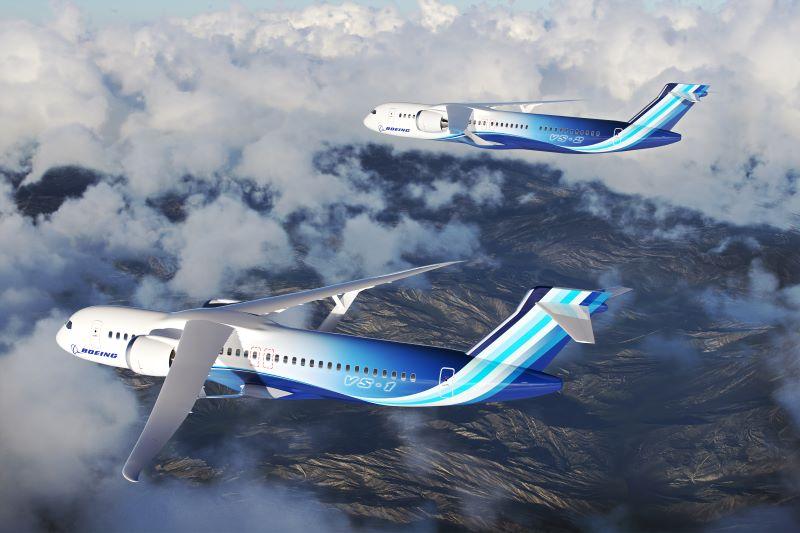Boeing's Transonic Truss-Braced Wing Takes Flight
NASA and Boeing Collaborate on Groundbreaking Aircraft Design
The TTBW will push the boundaries of flight technology
The researchers designing the TTBW, a collaboration between NASA and Boeing, will use the data from the recent test to find the upper limits the aircraft can perform at in terms of speed and efficiency. Boeing unveiled the groundbreaking concept in January 2019 - the Transonic Truss-Braced Wing (TTBW). Working in collaboration with NASA since 2010, Boeing has now secured a US$425 million investment from the space agency to build and test a full-sized airliner based on the TTBW concept.
The TTBW is a radical departure from conventional aircraft designs. It features a long, thin wing with a truss-braced structure that provides additional strength and stiffness. This design allows the wing to be thinner and more aerodynamic than traditional wings, which reduces drag and improves fuel efficiency.
The recent test was the first time the TTBW had been flown in real-world conditions. The test was conducted at NASA's Armstrong Flight Research Center in California and involved flying the TTBW at speeds of up to Mach 0.85. The test was successful, and the data collected will be used to refine the design of the aircraft.
The TTBW is still in the early stages of development, but it has the potential to revolutionize air travel. The aircraft could be more efficient, faster, and quieter than conventional airliners, making it a more sustainable and enjoyable way to travel.


Comments